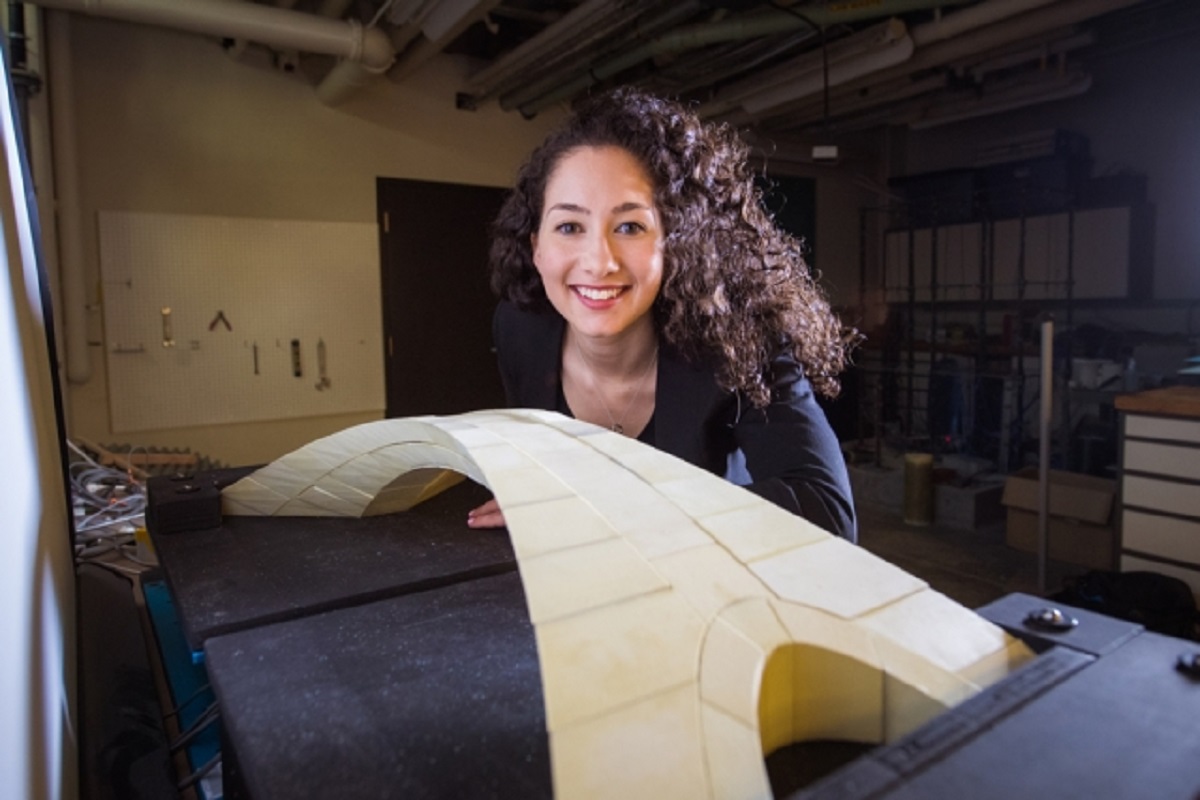
Leonardo da Vinci was a true Renaissance man whose works still awe people even today.
One of his lesser-known works, a bridge design he submitted to the Ottoman Empire, would have been the longest bridge at the time at 919 feet long (280 meters).
Leonardo da Vinci Bridge Design
It was in 1502 A.D. when Sultan Bayezid II was looking for proposals for a bridge design that would connect Constantinopole, now Istanbul, to the neighboring city of Galata. Leonardo da Vinci was one of those who submitted a design to the Empire, but it was not chosen and remained in the background of his other more famous works.
Interestingly, even if his design was four times shorter than the George Washington Bridge and almost five times shorter than the Golden Gate Bridge, if it was built it would have been the longest, in fact, 10 times longer, than typical bridges at the time.
Naturally, such an ambitious design caught the attention of MIT engineers who then managed to put it to the test. To do so, the engineers studied the construction methods and materials available at the time as well as the geological conditions at the location where the bridge was proposed to be built, the Golden Horn river estuary.
Self-Supporting Bridge
Since da Vinci did not specify the materials to be used in his note to the Sultan, the team determined that it would likely be made of stone since neither wood nor brick could withstand the heavy loads in such a long span. They also concluded that it would be able to stand on its own using only the force of gravity and without the use of mortar or any other fasteners, quite like the bridges built by the Roman Empire.
To test the design, researchers 3D-printed individual blocks that they would then use to build the structure at a scale of 1 to 500. The process took a while because each block took about six hours to print, and initially, the engineers had to use scaffolding to support the bridge. However, once the last block was put in place, the bridge was able to support itself.
“I had a lot of doubts as to whether it would all work. But when I put the keystone in, I thought, ‘this is going to work.’ And after that, we took the scaffolding out, and it stood up,” said recent graduate student Karly Bast who worked on the project with professor of architecture and civil and environmental engineering John Ochsendorf and undergraduate Michelle Xie.
‘The Power Of Geometry’
“It’s the power of geometry,” Bast notes.
The researchers also believe that da Vinci put the region’s being prone to earthquakes into consideration and added features that would make it more stable. In fact, upon testing the structure on a moveable platform, the bridge only deformed slightly until it was stretched to the point of collapse.
Although the design is probably not as applicable today as it was then because of modern means of creating lighter bridges, the design clearly shows just how brilliant da Vinci was.














